Postpartum hair loss is an unfortunate yet common side effect of being pregnant. Hormonal changes in the body throw the hair’s growth cycle out of whack. Healthy hair normally grows in four stages; growth/anagen; transition/ catagen, resting/telogen, and shedding/exogen.
Pregnancy disrupts this cycle with a boost of estrogen and progesterone. These hormones keep the hair in a prolonged growing stage, making it thicker and fuller, usually in the last trimester of pregnancy. But when those levels fall postpartum, hair moves into the shedding phase where strands fall out, making room for new growth.
When does postpartum hair loss start? Many new mothers experience shedding around a month after pregnancy, peaking around two to four months after birth.


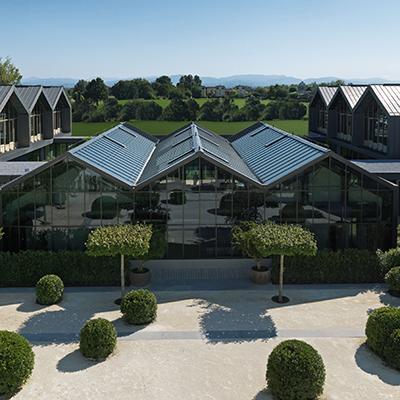
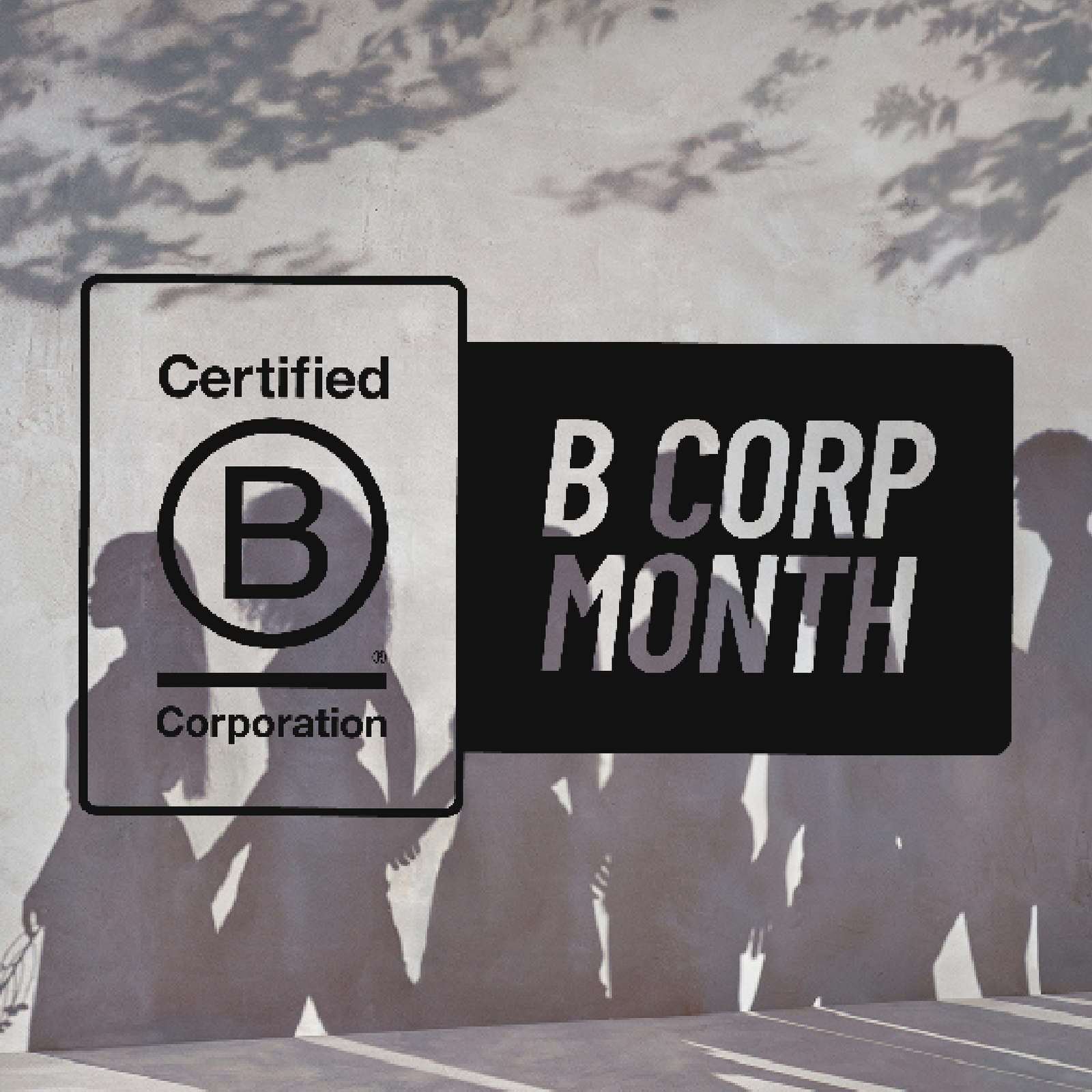
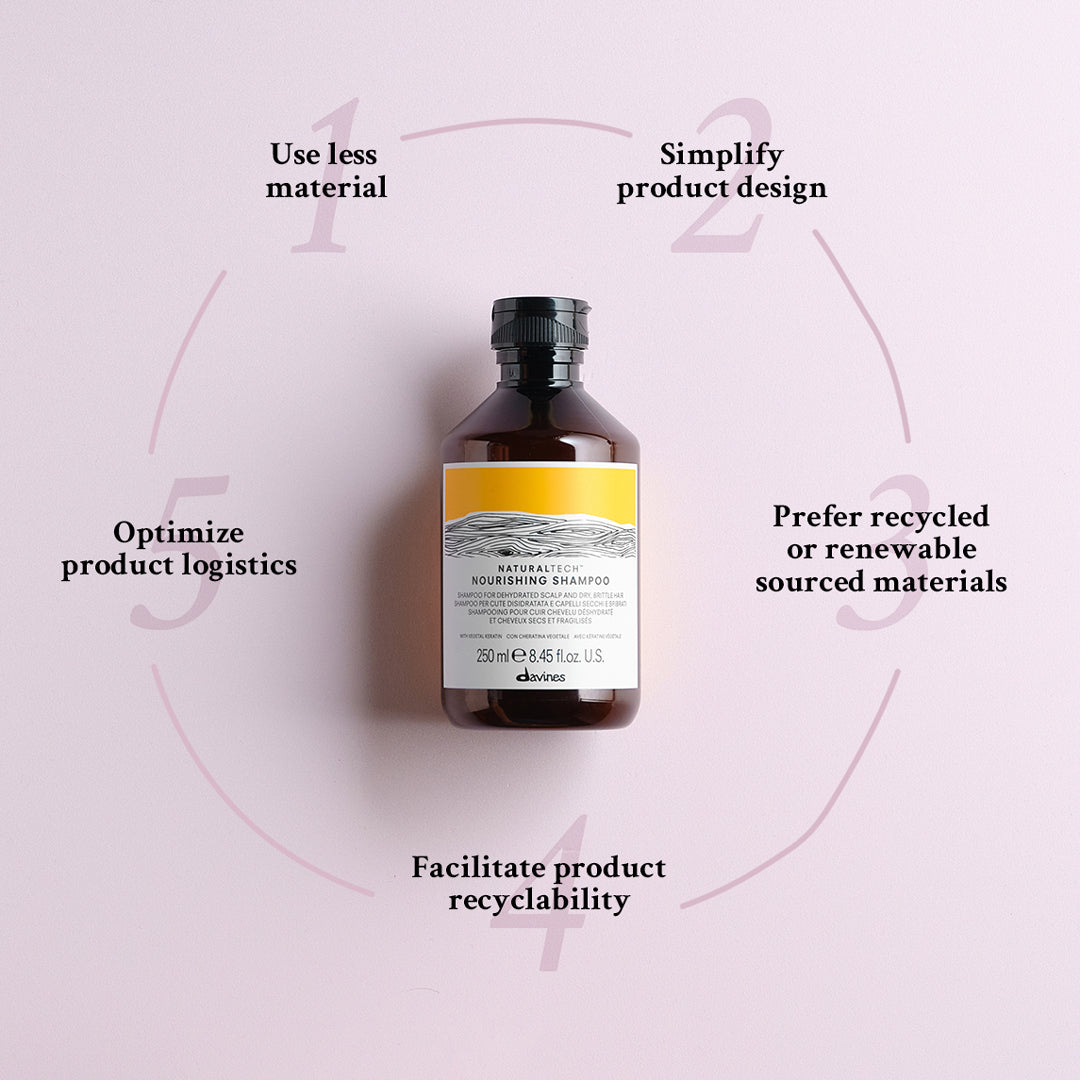
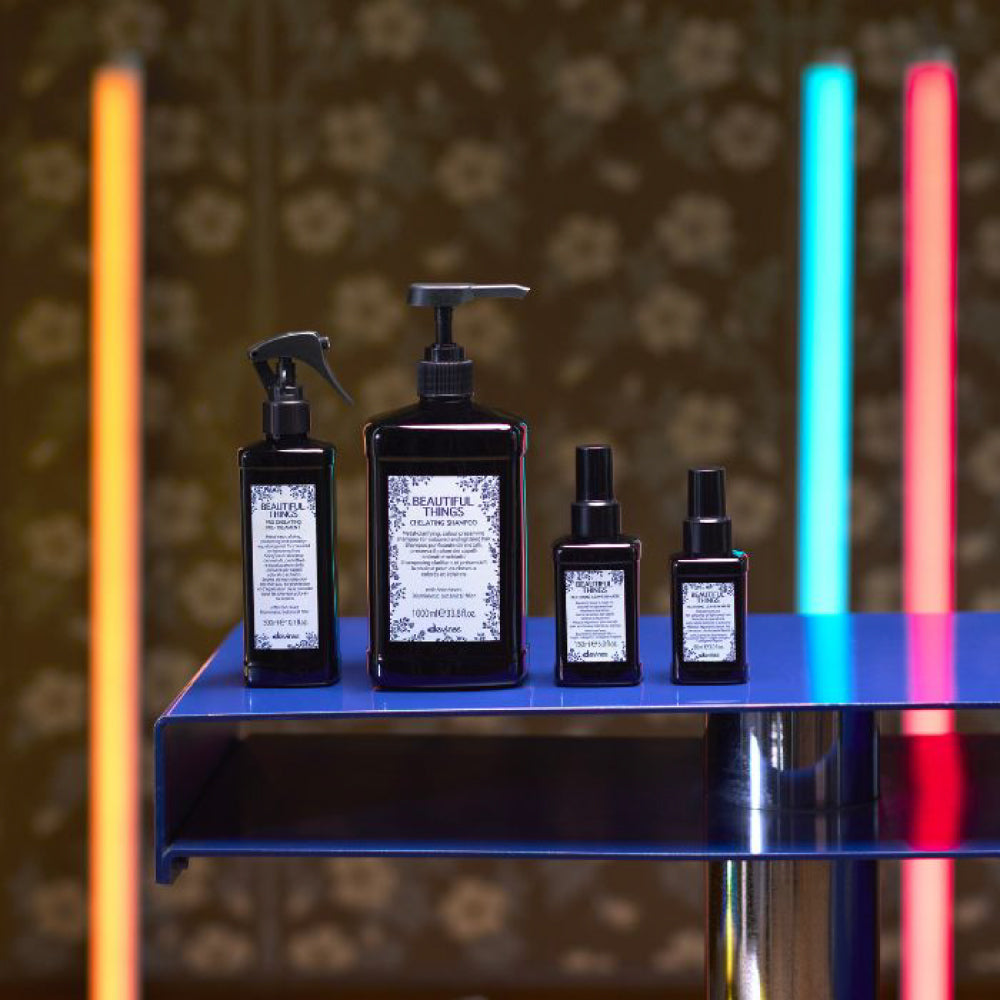
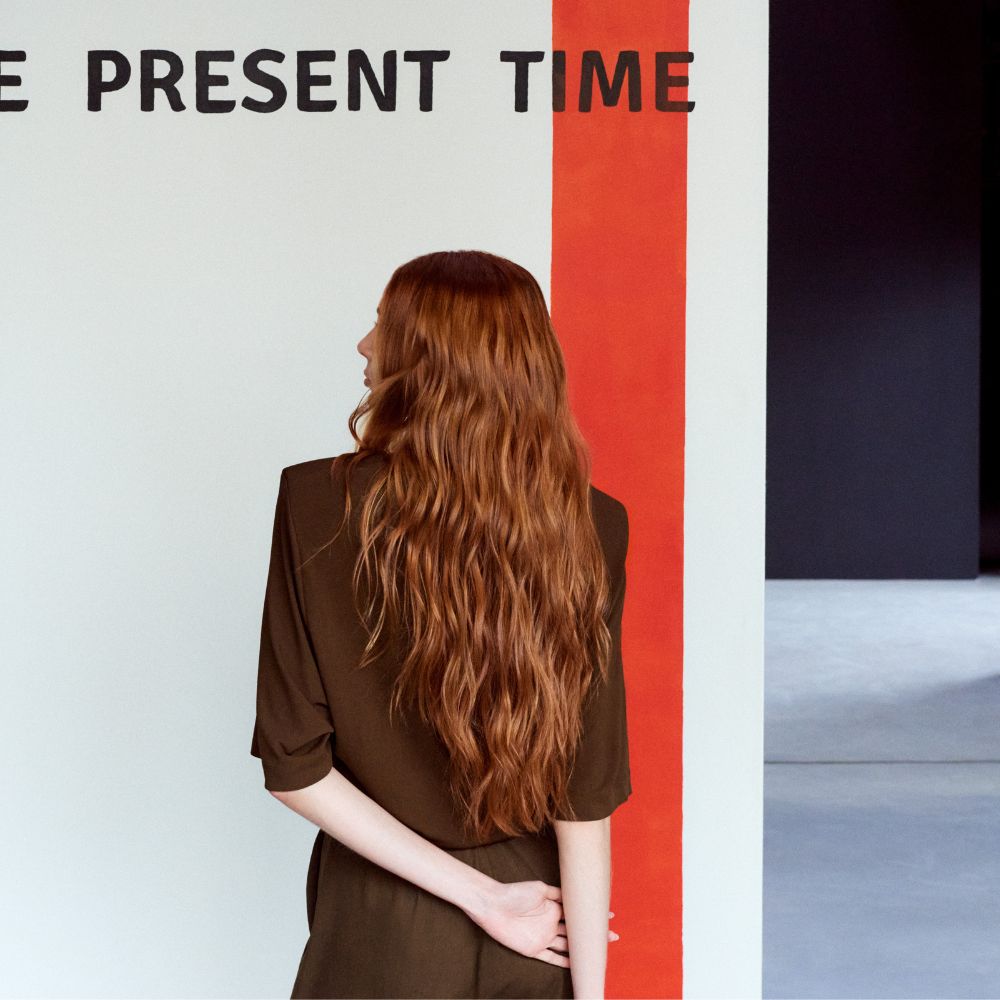

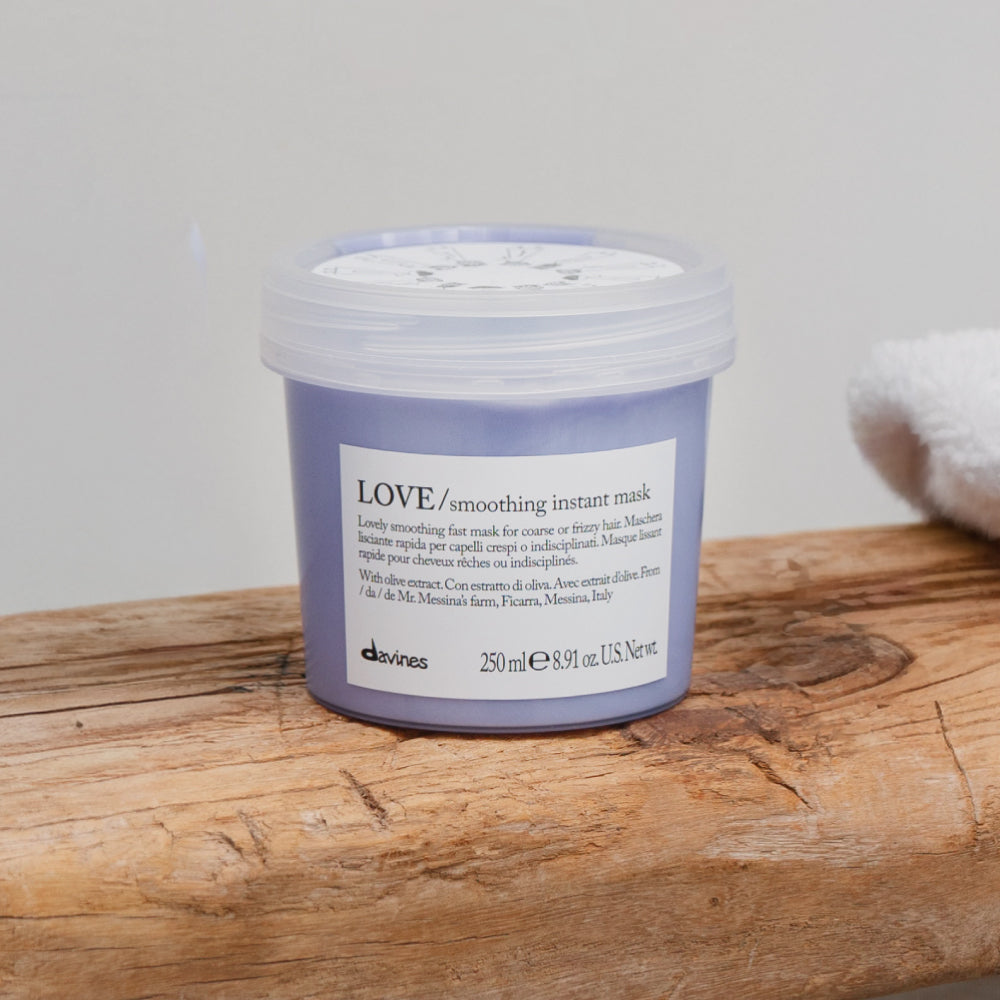

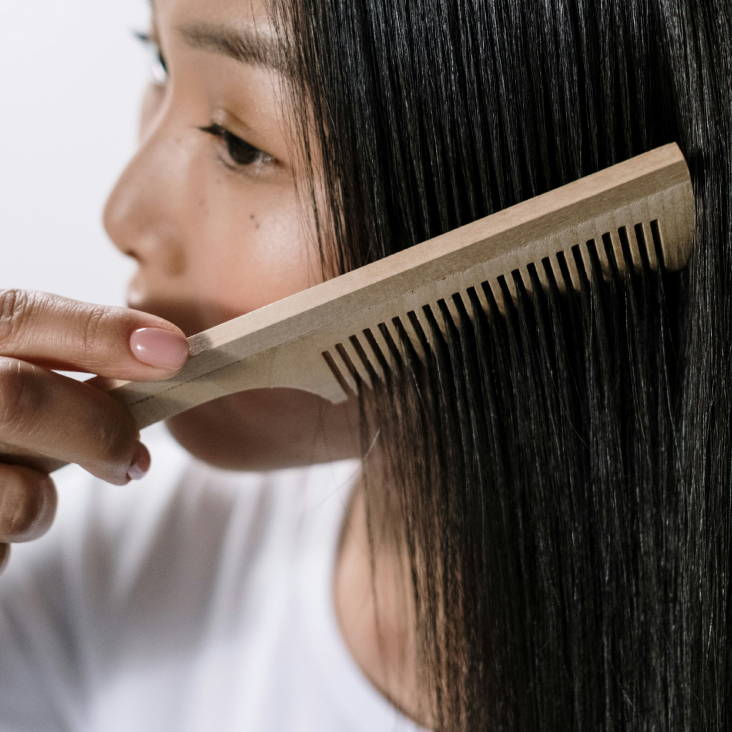
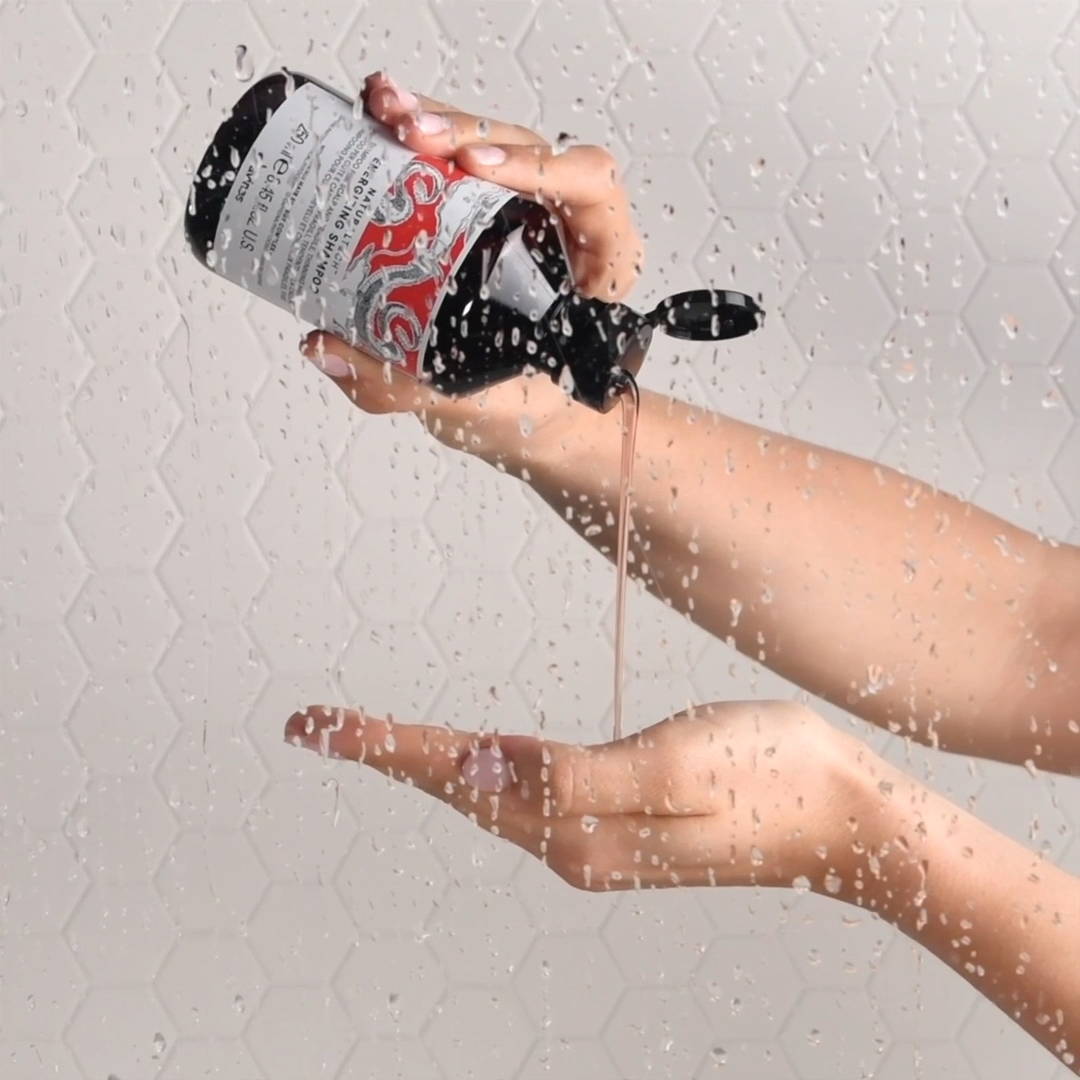
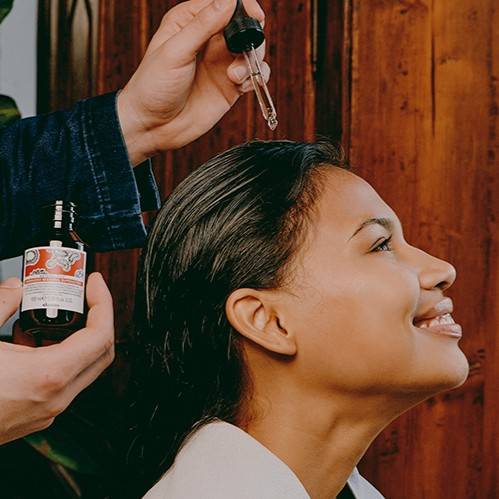
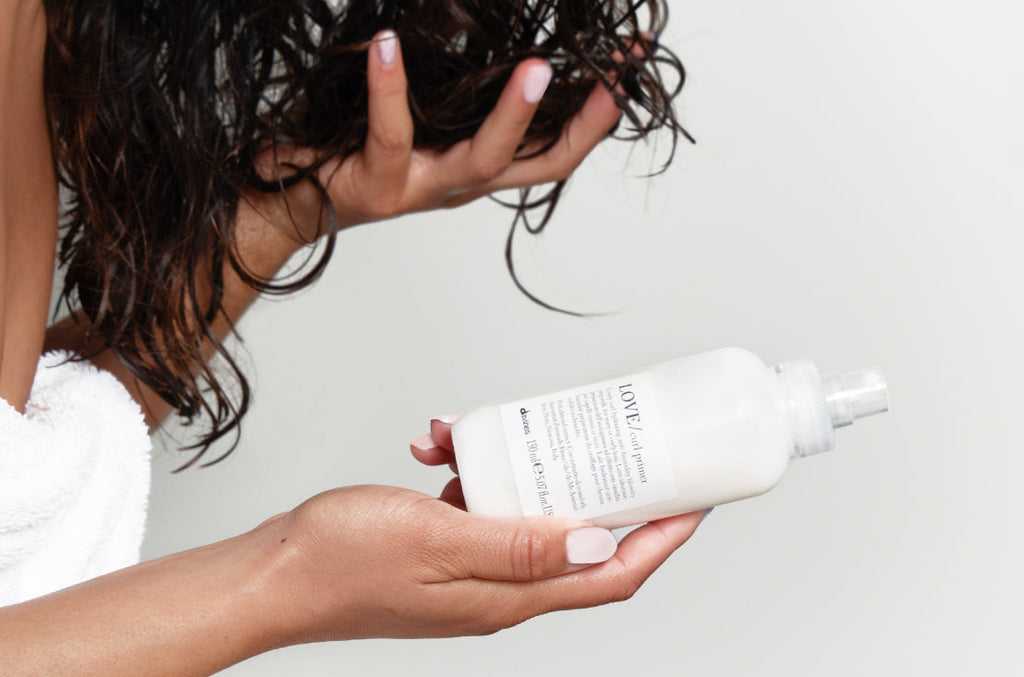
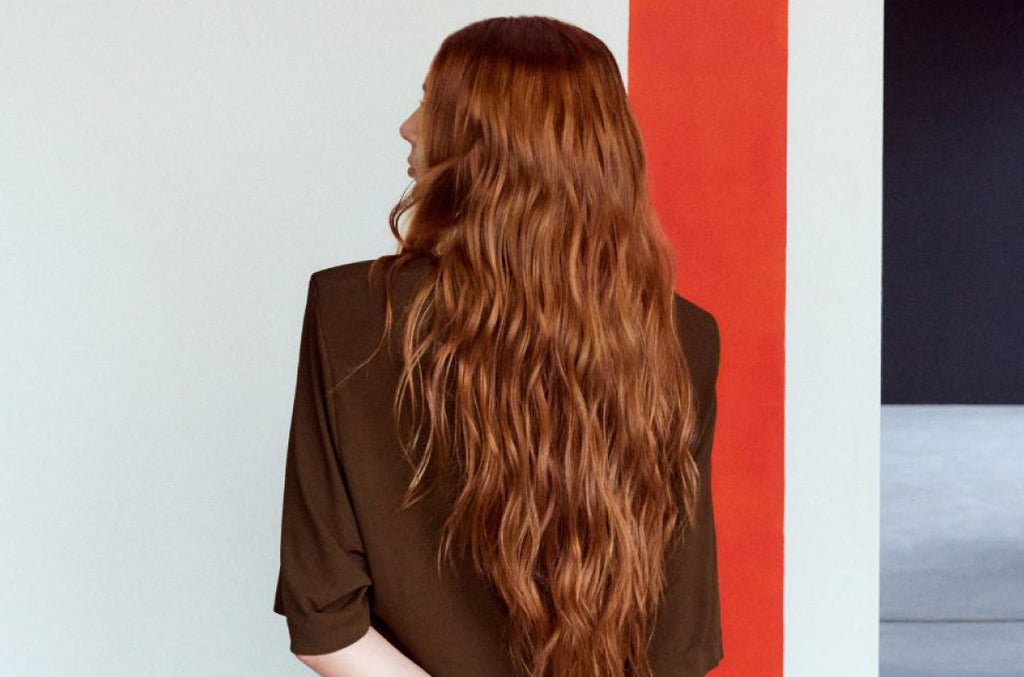
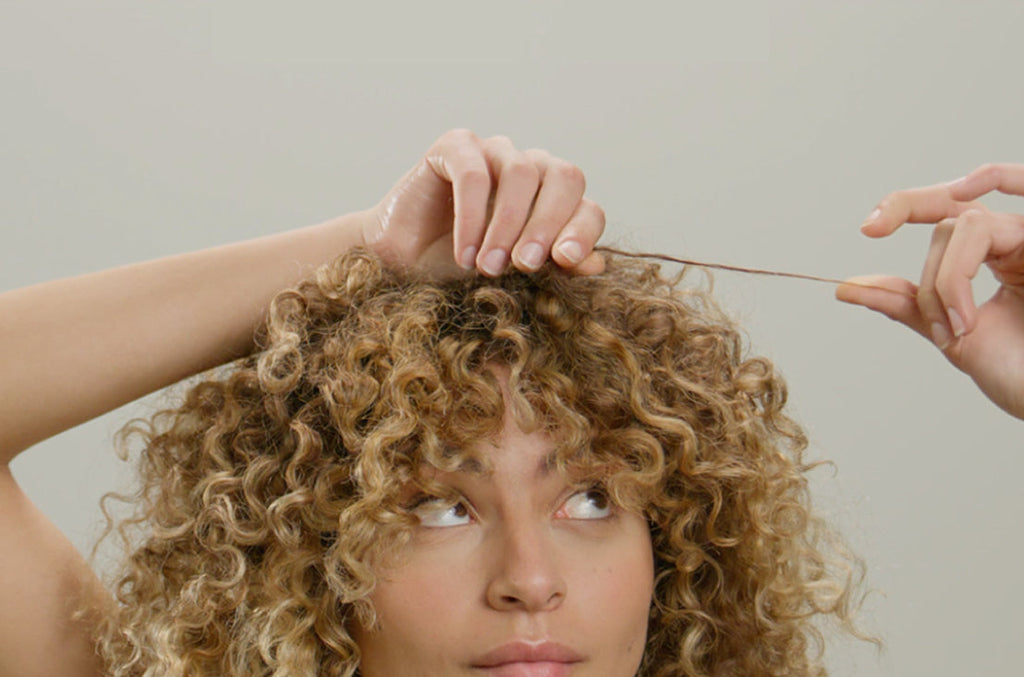
Leave a comment
Comments will be approved before showing up.